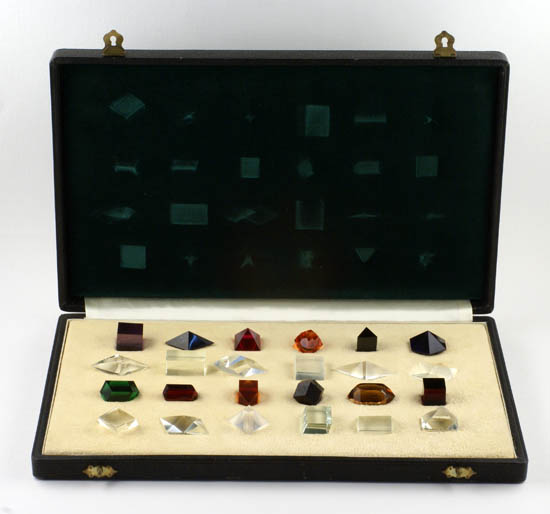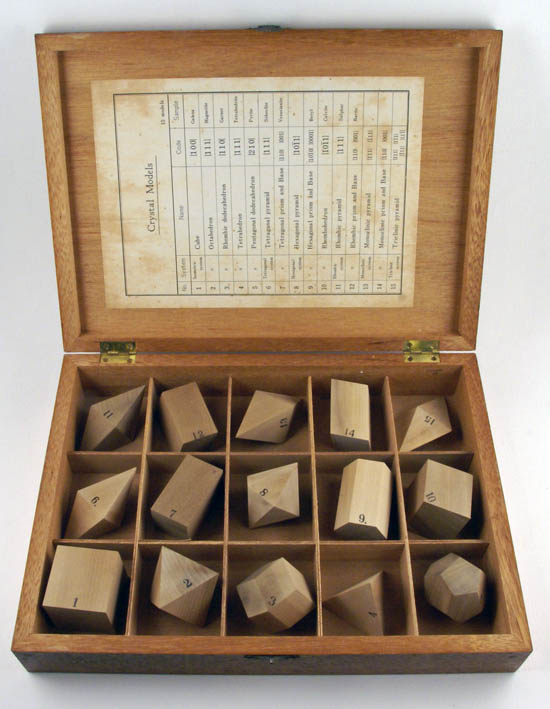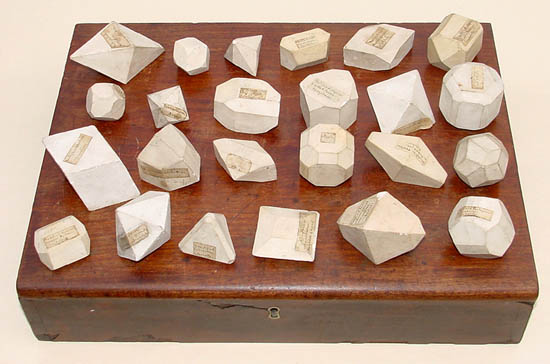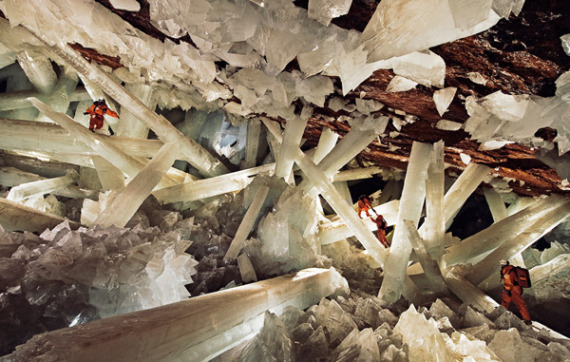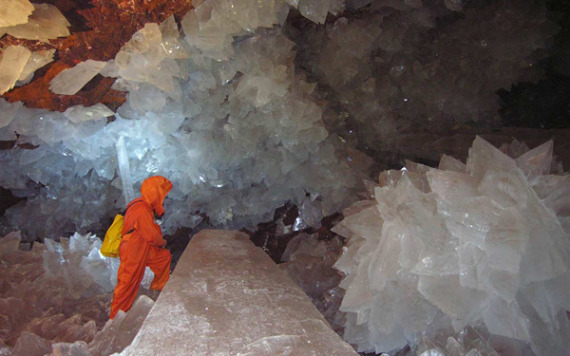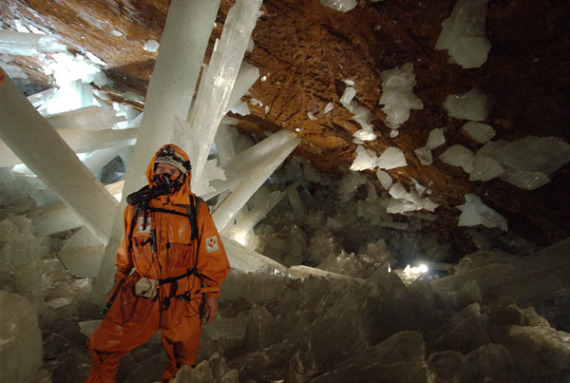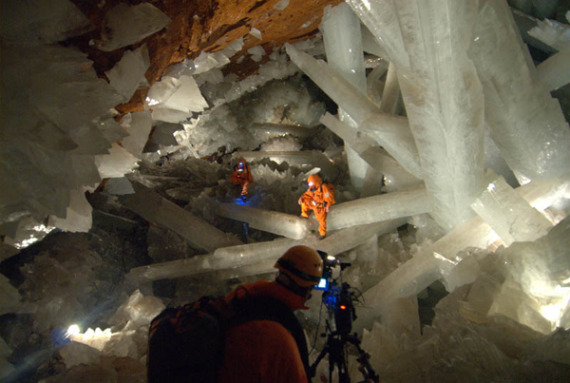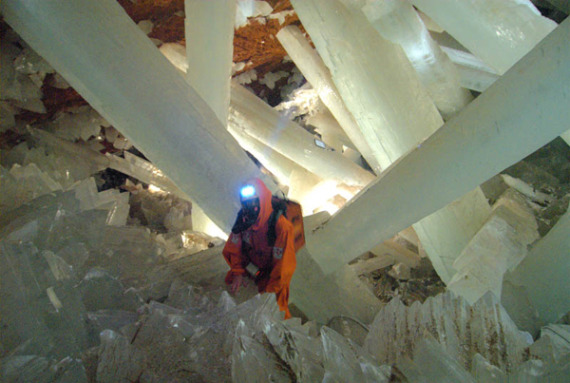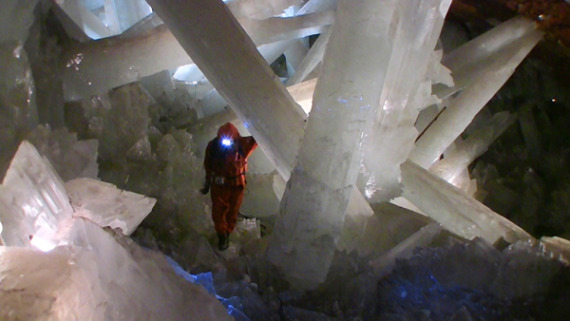
From the October, 2008 issue of Semiconductor International:
The proverb admonishes, “Look to the ant, thou sluggard, consider her ways and be wise.” The same sentiment can be applied to another member of the Insecta class, a green iridescent Brazilian beetle with the unwieldy moniker of Lamprocyphus augustus. Just by doing what comes naturally, this inch-long weevil has accomplished a task that to date has eluded the Hominidae class's best researchers: the evolution of a structure considered as the ideal architecture for the long-sought-after photonic crystal.
To produce ultrafast optical computers, it is first necessary to produce an ideal photonic crystal that will enable exacting manipulation of light. Currently, light in near-infrared and visible wavelengths carries data and communications through fiber-optic cables, but this photonic information must be converted back to electrons before it can be processed by a computer.
“Photonic crystals are a completely new class of optical materials that enable the manipulation of light in non-classic ways,” explained Michael Bartl, assistant professor of chemistry and adjunct professor of physics at the University of Utah (Salt Lake City). “Some colors [wavelengths] of light can pass through such a crystal at various speeds, while others are reflected as if the crystal were acting as a mirror.”
